The York Council is aiming to quit the North Yorkshire Home Choice service (NTHC). The scheme provides a boundary free geographical area in North Yorkshire for which prospective social housing tenants can register their interest. It allows, for example, Selby residents to register an interest in moving to York, while York applicants can register to move to Scarborough.
Most respondents to a council survey disagreed with the York plan to leave the organisation, although most did agree with a range of changes which would tighten up the how social housing allocations are made.
These include plans to crack down on fraudulent applications and ways to reduce the period during which bids for housing must be lodged.
The full new York allocations policy can be found by clicking here
 Hidden in the proposed changes is a plan to scrap the “Good Tenants” system which allows existing tenants, with a good rent payment and behaviour record, to participate in the bid process for vacant properties in other parts of the City.
Hidden in the proposed changes is a plan to scrap the “Good Tenants” system which allows existing tenants, with a good rent payment and behaviour record, to participate in the bid process for vacant properties in other parts of the City.
It was introduced about 15 years ago to help those tenants who, through no fault of their own, ended up being housed in a neighbourhood remote for their job, family or friends.
This could happen when new tenants were given no choice of location when allocations were made.
In some cases, neighbour problems prompted requests for transfers.They often found it impossible to agree anl exchange, particularly if they lived in a street or block with a poor reputation.
When considering the “good tenant” scheme several councillors, at the time, argued that a mis-allocation should not be a “life sentence”. Some tenants found it impossible to find a mutual exchange partner and “management transfers” were hard to get.
Including transfer requests in the letting process does not reduce the number of vacancies available. It may add a few days into the cycle as the first tenant moves to their new home. Their old tenancy though becomes immediately available for letting.
The only real argument in favour of the restriction offered by officials is administrative convenience.
Peoples well being should have a higher priority.
Interestingly this proposal was not included in the survey of opinion that the Council undertook with local tenant representative organisations.
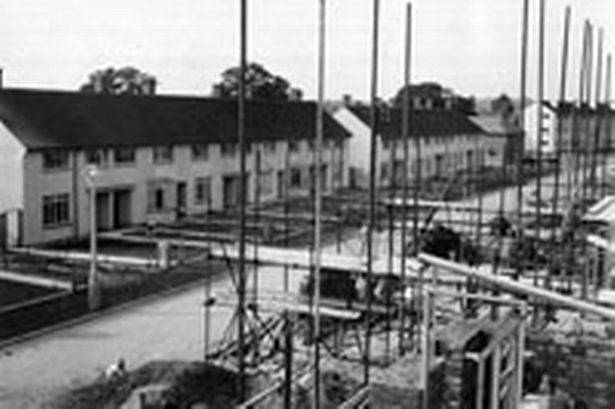 Separately, the Council has said in response to a Freedom of information request that it cannot provide figures giving the number of applicants on the housing waiting list divided between those applying because of overcrowding and those existing tenants who are seeking to downsize.
Separately, the Council has said in response to a Freedom of information request that it cannot provide figures giving the number of applicants on the housing waiting list divided between those applying because of overcrowding and those existing tenants who are seeking to downsize.
They say only that the numbers on the waiting list by band currently are:
- Bronze 408
- Silver 866
- Gold 206
- Total 1480
Historical trend information is also not available.
We are slightly sceptical about the response.
If the authority does not have an accurate picture of the size of homes which are in greatest demand, then it can hardly justify spending tens of millions of pounds on its new Council house building programme.
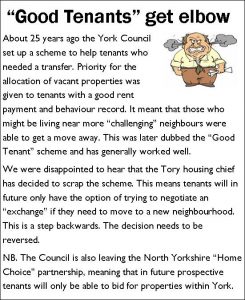 A tough line is being taken on council tenants whose anti-social behaviour has prompted York’s magistrates to close their homes.
A tough line is being taken on council tenants whose anti-social behaviour has prompted York’s magistrates to close their homes.


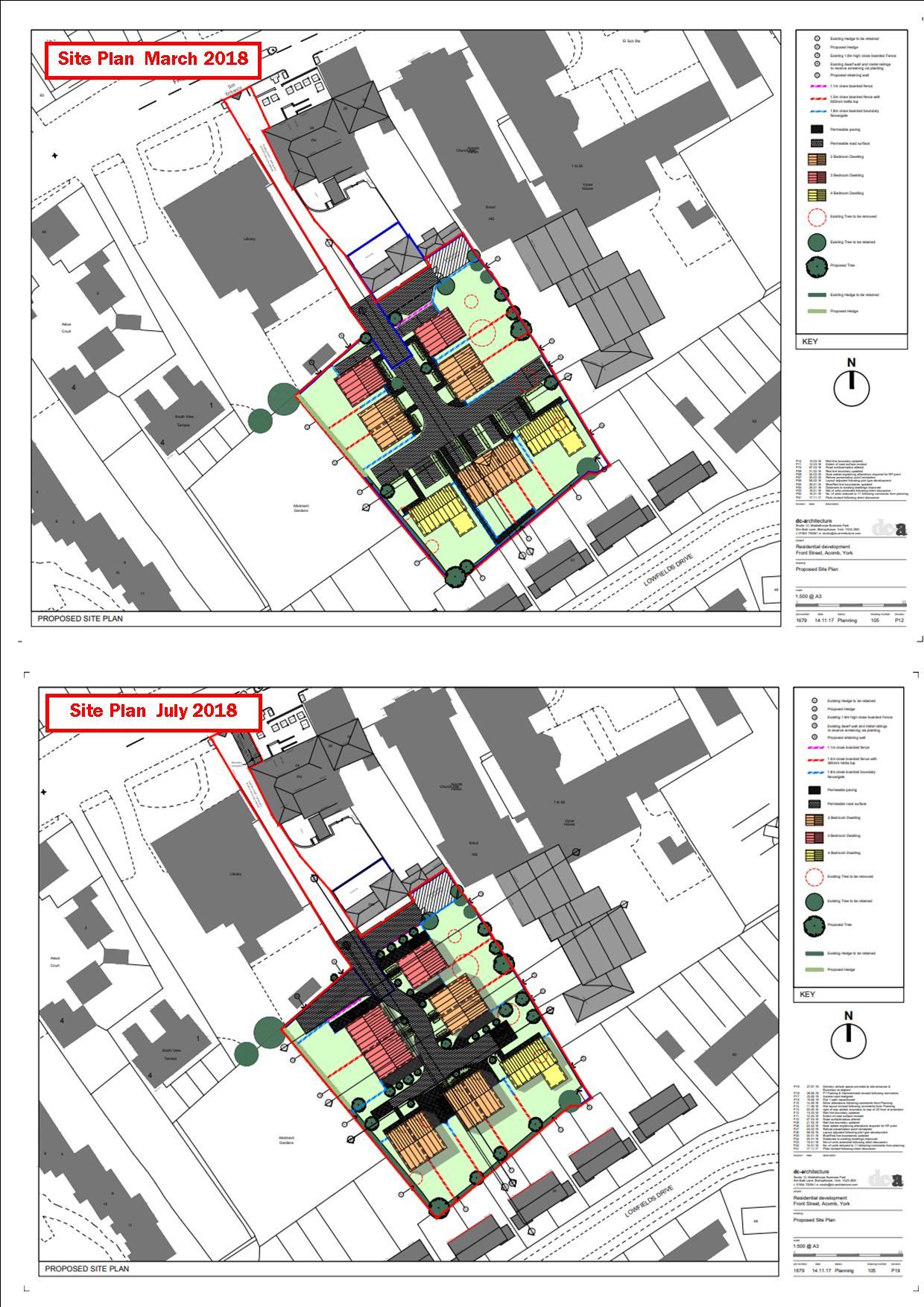
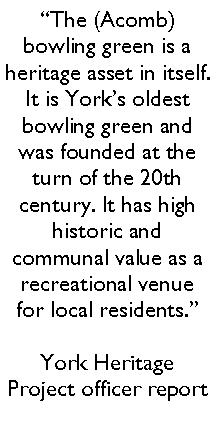 There is no evidence that the Council, as the owner of the library site and the former allotments next to Chancery Court, is engaging on the future of their parcels of land.
There is no evidence that the Council, as the owner of the library site and the former allotments next to Chancery Court, is engaging on the future of their parcels of land.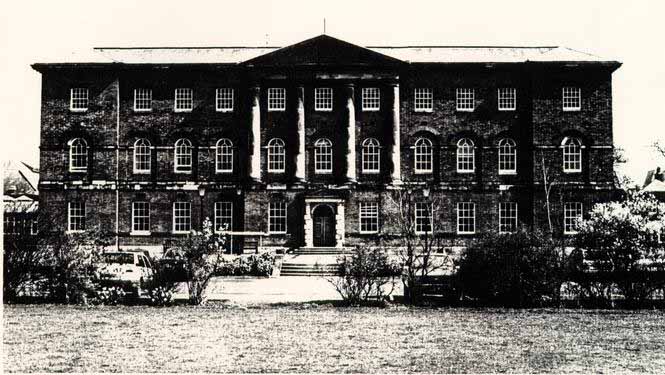 Public sector partners say that they will propose a sustainable and achievable development master plan for the Bootham Hospital site.
Public sector partners say that they will propose a sustainable and achievable development master plan for the Bootham Hospital site.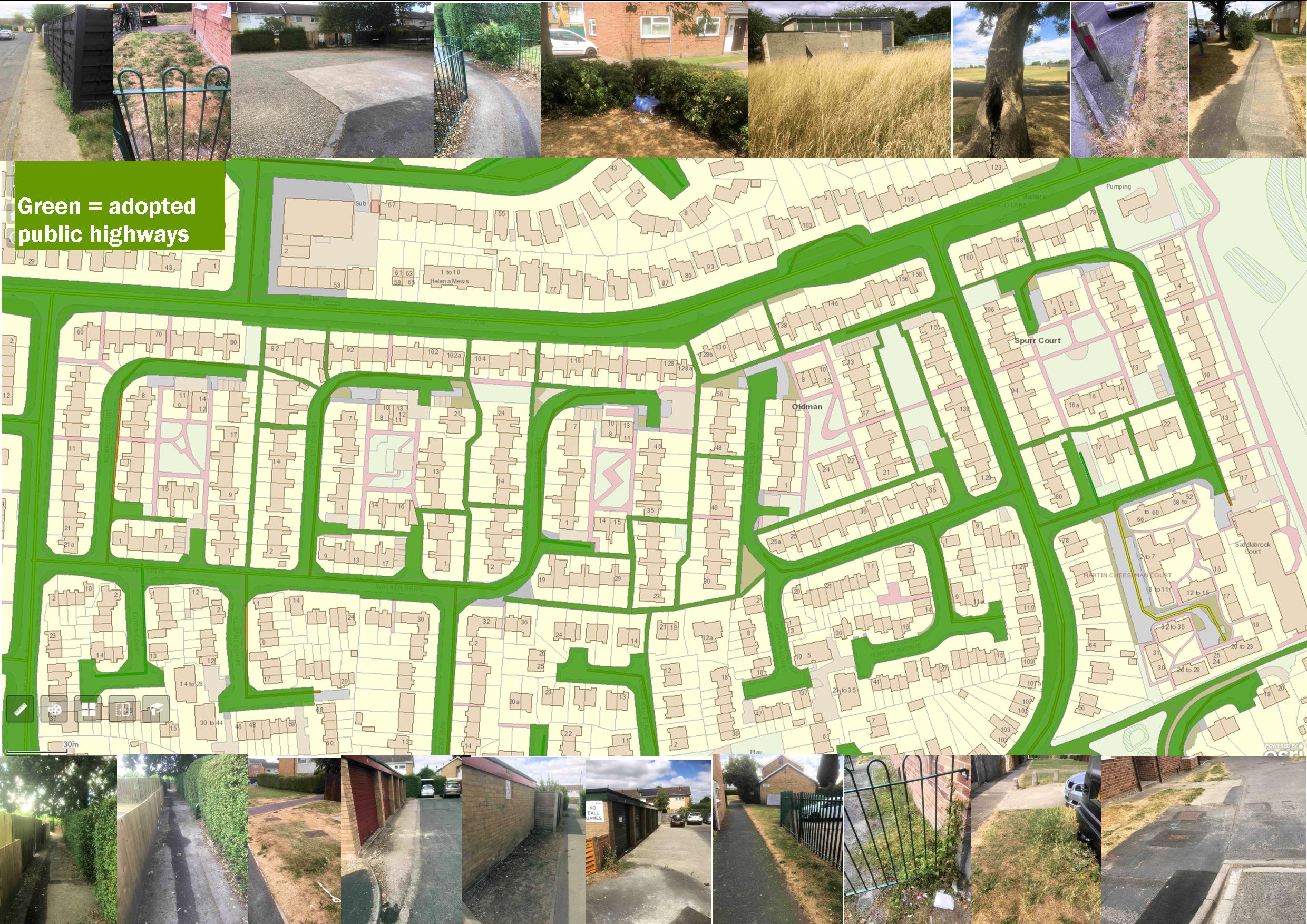
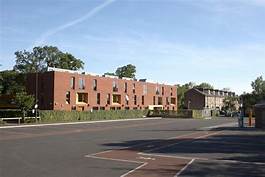
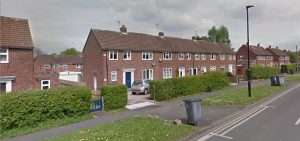
 Hidden in the proposed changes is a plan to scrap the “Good Tenants” system which allows existing tenants, with a good rent payment and behaviour record, to participate in the bid process for vacant properties in other parts of the City.
Hidden in the proposed changes is a plan to scrap the “Good Tenants” system which allows existing tenants, with a good rent payment and behaviour record, to participate in the bid process for vacant properties in other parts of the City. Separately, the Council has said in response to a Freedom of information request that it cannot provide figures giving the number of applicants on the housing waiting list divided between those applying because of overcrowding and those existing tenants who are seeking to downsize.
Separately, the Council has said in response to a Freedom of information request that it cannot provide figures giving the number of applicants on the housing waiting list divided between those applying because of overcrowding and those existing tenants who are seeking to downsize.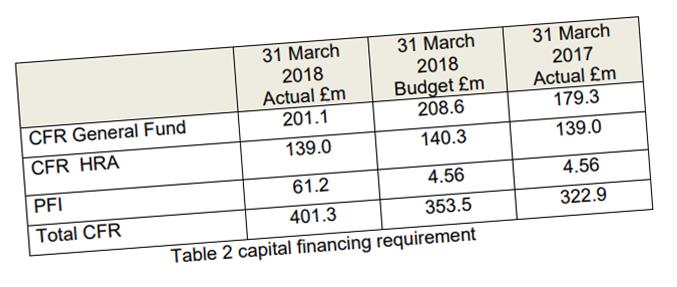 By the end of the year the York Council will have debts of over £318.2 million, up £52 million compared to 12 months earlier.
By the end of the year the York Council will have debts of over £318.2 million, up £52 million compared to 12 months earlier.